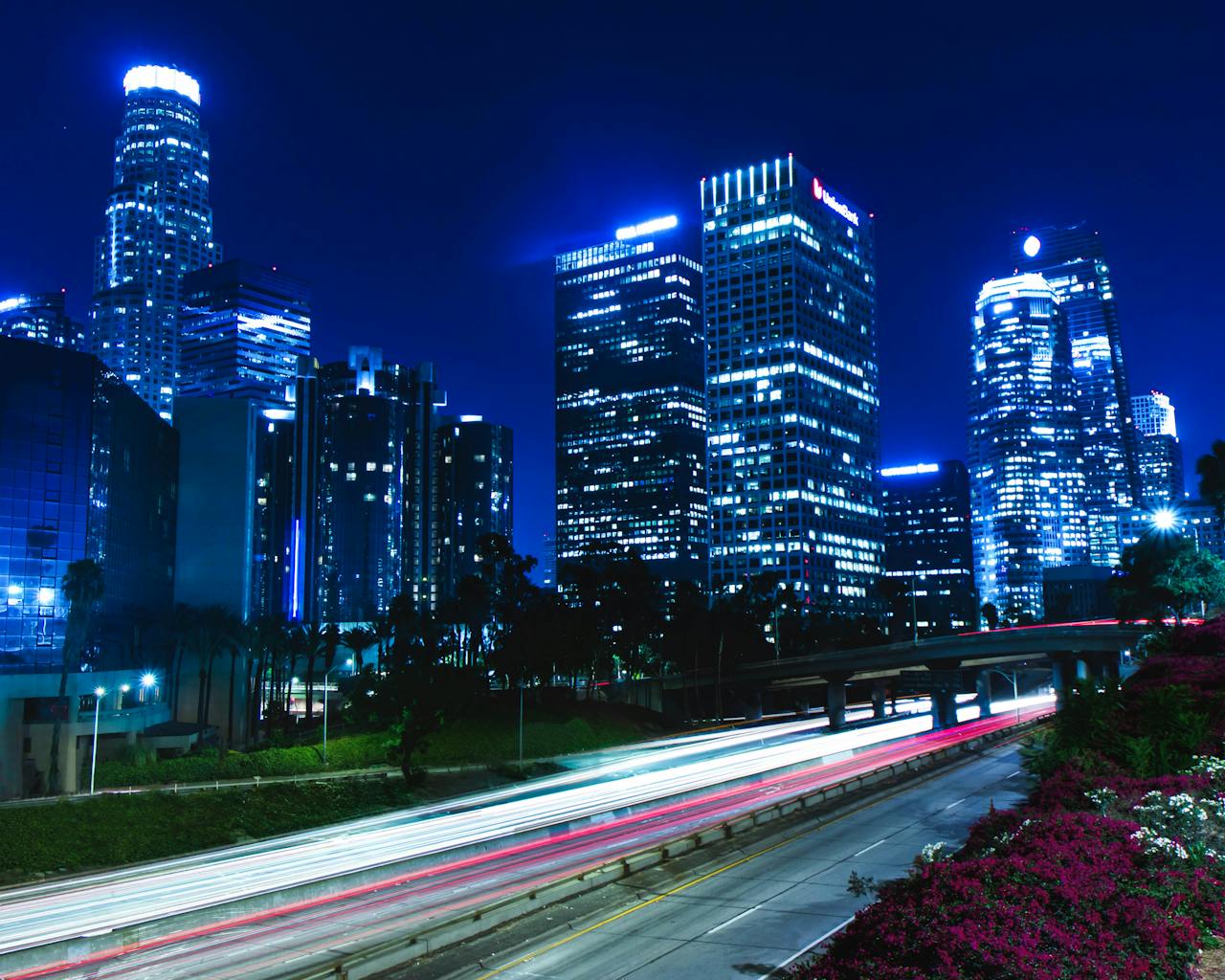San Francisco : Turned into a $1.6 billion money pit Now
- It was intended to be the second-tallest structure in San Francisco. Turned into a $1.6 billion money pit
San Francisco
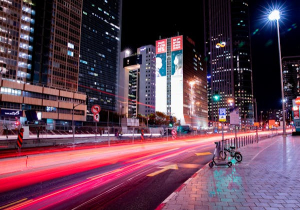
- Oceanwide Center, which was originally planned to be the second-tallest structure in San Francisco, was intended to be a $1.6 billion mainstay of the city’s contemporary skyline.
- Now, the project site sits in the middle of downtown, a literal money pit of metal and concrete surrounded by a maze of lawsuits and finger-pointing.
- The project, which was slated to span two nearby skyscrapers at 512 Mission St. and 50 First St.
- and include 262 enormous luxury condos, a Waldorf-Astoria hotel, and 1.35 million square feet of office space, is located right next to Salesforce Tower.
- During the property’s groundbreaking celebration in 2016, billionaire Lu Zhiqiang, the owner of Oceanwide Holdings, a Chinese developer then making headlines for its interest in signature properties in the United States, and then-Mayor Ed Lee both made appearances, and champagne flowed freely.
- Dignitaries positioned themselves in a row with matching gray hard hats and inserted commemorative shovels into a dirt-filled wooden box.
- Following its $296 million purchase of the site, Oceanwide brought in starchitect Norman Foster to assist in spearheading the design of what the city hoped would become a new downtown gem made possible by the influx of Chinese capital that was then washing ashore.
San Francisco
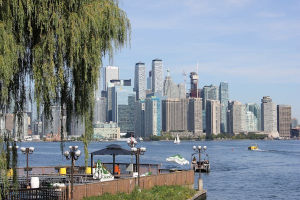
- But as soon as work began, the anticipated completion date of 2021 began to dwindle.
- Concerns regarding Oceanwide Holdings’ financial situation started to emerge.
- Taking control of the website will be costly.
- The owners currently owe almost $13 million in unpaid property taxes for the site, according to city tax records, which date back to 2020.
- Oceanwide hired Independent Tax Representatives’ founder Mark Ong to contest the property’s tax bill in front of the city government.
- However, he claimed that the business stopped paying him shortly after he submitted the appeal, so he chose to withdraw as a client.
- Executive director of GlobalSF, a nonprofit that links Chinese investors with San Francisco organizations, Darlene Chiu Bryant began working on the project in 2014 and assisted Oceanwide in negotiating the land purchase.
- She claimed that ten years later, the fallow location serves as a reminder of what might have been.
- Chiu Bryant stated, “I try not to look at it when I walk by it every day on my way to my office.
- ” Fortunately, the fence is there, but it is unavoidable.
San Francisco
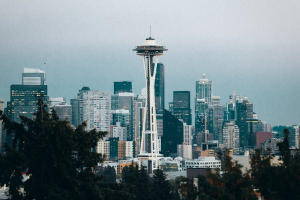
- It serves as a simple reminder of the past and how nothing exists today.
- The pandemic is now in the past for San Francisco, and as pressure to do anything, anything, to revive downtown is growing, it is hard to ignore the metaphor of an expensive hole in the middle of the district.
- However, to put it plainly, as many of the people we spoke with for this story put it, it’s a “fucking mess.” Furthermore, nobody is certain how much it will cost or exactly how to clean it up.
- If the abandoned project offers San Francisco any comfort, it’s that the city avoided the same catastrophe that Los Angeles experienced with Oceanwide.
- Due to a severe financial crisis, Oceanwide halted construction on the $1 billion, 49-story Oceanwide Plaza project in downtown Los Angeles in January 2019.
- Four years after work started, the project was reduced to a high-rise structure made of concrete, glass, and steel.
- Similar to the San Francisco tower, that project was supposed to house a five-star hotel as well as opulent condominiums with extravagant features like a rooftop pool and two acres of park.
- Rather, it attracted dangerous activities such as BASE jumpers who would leap from the property and thieves who wWhen vandals scaled and spray-painted almost every floor of Oceanwide Plaza earlier this year, the building became known as “graffiti towers.
- ” Globally, the vandalism’s video went viral.
A resolution requiring Oceanwide Holdings to secure the property was passed by the city council. - Those requests were not fulfilled.
- The city council of Los Angeles, fed up, decided to spend $3.8 million of tax dollars to secure and tidy the site.
San Francisco
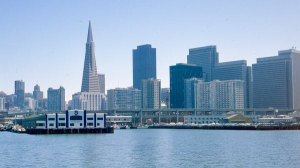
- In the meantime, a group of creditors filed a lawsuit to declare the project bankrupt, hoping to start the process of selling and revitalizing the location in the future.
- ould steal parts from the buildings.
- The area surrounding Oceanwide Center, whose construction halted in 2019, is experiencing a similar dynamic.
- The sale of the San Francisco site to SPF Group, a fellow Chinese investor, fell through right before the coronavirus pandemic spread around the world.
- The owners of the project attempted to sell the property on multiple occasions, but their attempts were unsuccessful.
- The general contractors for the project, a partnership between Swinerton and Webcor, left.
- Up to $200 million worth of so-called mechanic’s liens were filed on the property by other contractors.
- Oceanwide’s lender, Hong Kong investment bank Haitong International, took possession of the San Francisco property as security.
- The Standard consulted real estate experts, who calculated that the site has already cost over $400 million in construction.
- There has been some progress lately in pulling the project out of its quagmire.
- The approximately $200 million in mechanic’s liens have been combined into a single lawsuit and reduced to a balance of approximately $21.1 million, per an arbitration agreement that The Standard was able to view.
- In order to help remove one of the main obstacles to a sale or to enable Haitong to settle the debt and regain complete control, the agreement would enable contractors to foreclose on the property through the legal system.
- Regarding the plans for Oceanwide Center, a receiver appointed by the courts toA Bermudan court ordered Oceanwide’s liquidation in September 2023 due to unpaid loans.
- Who in the world would buy the site, even if the path was cleared for a sale?
- The declining demand for office space combined with high interest rates is impeding development throughout the entire city.
- This is especially true for a project that has received years of unfavorable press.
- “The expenses associated with starting from scratch on this site are substantial,” a developer familiar with the undertaking stated.
- “In the meantime, there are far less complex projects that require less capital, and the rest of the market has collapsed.”
- represent Haitong declined to comment.
- Prominent developers like Boston Properties and Tishman Speyer have tested the waters with a purchase in the past, according to a San Francisco commercial real estate broker who is knowledgeable about the project and the parties involved.
- The broker stated, “The owners have been trying to sell it off and on for a long time.
- ” Yet there’s a reason why there isn’t a crane at the location at the moment. Not even a big office and hotel project is being constructed.
- Whoever assumes leadership will have to make an effort to elevate this to a more manageable level.
- There was a big difference between what owners believed to be their sunk cost in the property and the real market for a site with a growing number of problems and a growing debt load, according to one source involved with the project’s bids.
- Public documents state that the developers were also required to pay an additional $12 million for sports and recreation programming, $40 million for affordable housing, and the establishment of a Downtown Neighborhood Preservation Fund, on top of the more than $117 million in one-time development impact fees.
- The broker stated that the property currently has “negative value” due to the debt and legal issues weighing it down, far from being an asset.
- Nevertheless, interested parties will keep considering banking the valuable land until the economic climate for development shifts, according to real estate sources.
- The site could be leveled to protect it from the weather and make it into a parking lot if the new owner decided to invest some money in that project.
- The broker stated, “There’s still a big hole in the ground.
- ” It will take us three to five years to start construction.
- At minimum, can we park our cars?
However, the site itself is not a level surface; rather, it is a mixture of steel frameworks, rebar, and concrete slabs at various elevations. - That implies a sizeable investment would be necessary to even convert it to a surface lot.
